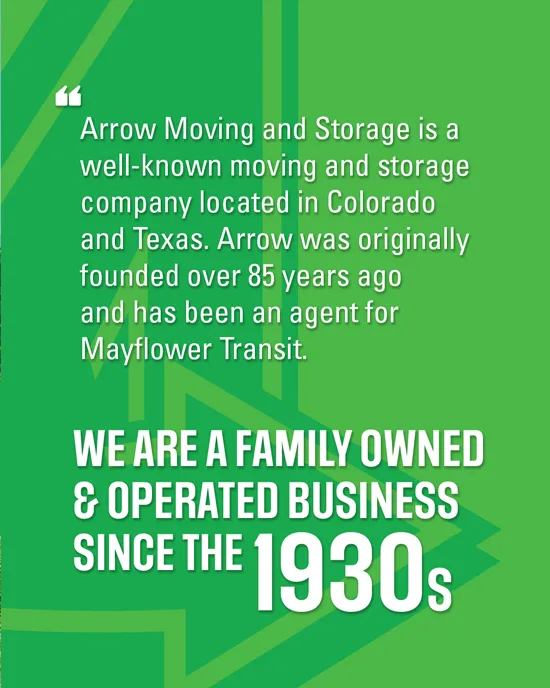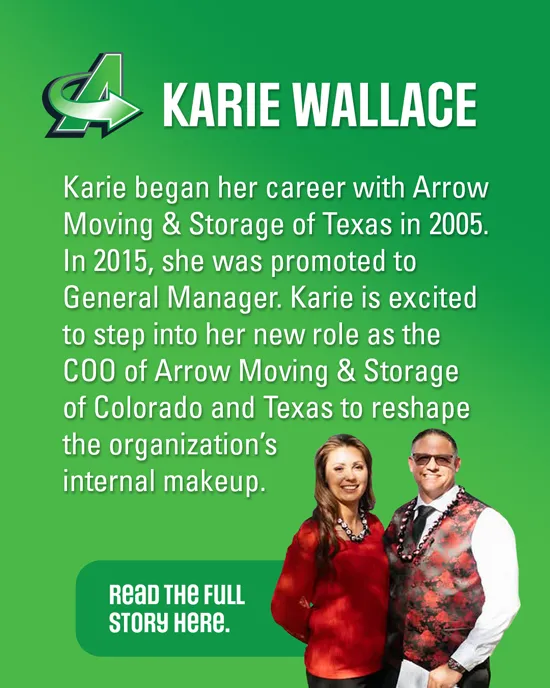If you’re a book lover, chances are you know the pain of a ripped page or a bent cover. Packing to move to a new home is challenging. But, it’s more challenging for book lovers.
Why? First, books are among the heaviest items in your home. Second, you don’t want to damage them. And lastly, books require some special attention when packing.
Read on and learn seven tips on how to pack books for moving.
1. Curate a New Library
We all love good books, but there comes a time when you have to let some of those books go. This is difficult for book lovers but not impossible. Here is what you need to do.
Gather all of your books in one spot, sort through them, and check all the titles. As you do so, decide what to keep and what not to keep. Start the sorting early because you have lots of titles to go through.
You can donate the books you no longer need or sell them.
2. Group the Books in Sizes
Now that you have streamlined your library sort the books according to size. This gives you a preview of how they are going to fit in the boxes.
3. Find Sturdy Boxes
Despite streamlining your library and grouping the books, they are still heavy. To ensure easier transportation, find sturdy boxes. This will keep your books manageable and safe.
As you pack, we recommend that you distribute the weight in the box. How? By packing the bigger books at the bottom with the spines alternating up and down.
4. Use Packing Paper
Protect your books by lining the boxes with packing paper. This adds an extra layer of cushioning, thus protecting your books from dirt and liquids and prevents them from shifting around.
Add extra tape to the bottom for extra reinforcement.
5. Go for Rolling Suitcases
Can’t find sturdy boxes at the store, at work, or social media groups? Why not use rolling suitcases?
Rolling suitcases are generally deep and sturdy — ideal for transporting bulky books. Also, the wheels make them even more convenient. When it comes to unpacking the truck, all you have to do is roll the suitcases from the moving truck into your new home.
6. Don’t Overfill the Box or Rolling Suitcase
Although boxes and rolling cases provide space for your books, don’t overfill them. It is important to leave space between the top and your books. This helps to ensure that you don’t have bent covers on arrival.
Plus too many books make the box too heavy to lift.
7. Pack with Care
Take your time when packing your books. To ensure you pack with care, start early. If you have any expensively bound volumes, wrap them individually.
Also, store them separately in the box with the spine straight. This prevents side to side friction, which could damage the cover.
Label the book boxes so that movers know how to handle these heavy items appropriately.
Moving Help
Looking for moving experts with the right experience? We at Arrow Moving & Storage Co can help. Contact us today and let us help with your move.





